The Tournament of Urban Animals: Part 1
A very official competition to pick the best urban animal
I made eye contact with a fox the other day in south London. It sauntered into the middle of the street and sat in the light of a street lamp twitching its ears. Foxes are relatively common here, but I’ve never seen one and I found it kind of magical. I was similarly thrilled when I was in downtown Santa Fe, New Mexico, and a salamander ran over my foot. Cities are intensely human environments, but nature finds a way. Every street is built on former habitat, and while some animals have been driven out, others have persisted, and still others have actually thrived off urbanization. We love some urban animals and we hate others. Billion dollar industries have sprung up around exterminating the cockroach, planners and government officials wring their hands over the rat, and tourists flock to feed the swans and ducks in your local park. We intentionally design spaces to repel certain animals, but increasingly we’re actually trying to welcome certain species back, or at least leave space for them.
Listen…I despise wide swaths of urban animals, but I respect the hell out of all of them. Its hard for ME to live in cities sometimes, and they were made (ostensibly) for my species. When I see two rats splitting a bagel in the subway tracks, no rent, no heating bills, no awareness of the existential threat of climate change or the intractability of the Israel-Palestine conflict, a little part of me says those bastards are really living.
So for the next week or so, we’re going to forget about people. This is a tournament bracket to determine the greatest urban animal.
First, some rules on selection.
No Pets: Pets technically live in cities too, but this is for wild animals and I’ve excluded stray dogs and cats because it just wouldn’t be fair.
No one-offs: Apologies to Flaco the Owl, The Giant Turtle of Hanoi, and Buzzwinkle the drunken moose of Anchorage (a tragic tale), but I’ve restricted this to animals that regularly and consistently live in cities, not ones who occasionally wander in, or extraordinary circumstances like zoo escapes.
I’ve aggregated certain similar species: For example, urban ducks exist in various forms from Asia to Mexico to North America and Europe. It’s too complicated to delineate between the various type of ducks so they’ll just compete as one giant duck team.
How the competition works
This week, I will introduce the bracket and some key players and match-ups. Later in the week, I will be scoring round 1. After round 1, I’ll be using the substack poll feature so YOU can vote on the final rounds. The whole time, I’ll be giving my own opinion on who should win based on the below criteria:
Species Success: Are there a lot of them? Does this animal exist in more than one city? Are they winning at urban life?
Charisma: Do we actually like this animal? Are they culturally valued? Do cities take pride in having them around. This is a way of making sure the cockroach, rat, etc doesn’t just run away with the whole competition.
Planning impact: This is a planning blog after all. Have cities and humans had to make substantial adaptations to policy, design, or daily life to deal with these creatures?
WTF-factor: Is this the type of animal we expect to be in cities, or is it crazy that this animal lives here?
Here is the bracket
Meet The Top Seeds: Who Can Beat The Rat?
Where there are cities, there are rats. But here’s the thing… It’s not just the near global presence, and the unparalleled impact on urban planning and policy that makes the rat our tournament favorite. I think we actually sort of like rats.
We have a mammalian connection with rats that we lack with birds or bugs. At some level, I think we understand the rat - they want to eat, they want to make babies, they’re social. Believe it or not they separate themselves into ‘neighborhood’ clans which are genetically distinct— your uptown rat is literally different than your downtown rat. They’re just like us! If you want evidence of the rat’s surprising charisma, look no further than their ubiquity in pop-culture and design. Here are my two favorite instances.
Scabby, the Union Rat: A common bit of street theater in North American cities where union members come and inflate a giant rat outside work-sites to alert the public to the use of non-union labor, and ostensibly embarrass the developer. A few instances from my camera roll.
The Art Deco Rats of Midtown: Our North American rats are descended from European stowaways who arrived in the New World via ships. Rats were known to climb directly along the mooring lines that tied the ships to the docks, leading to the invention of the ‘baffle’— a cone or disc placed around the ropes to block rats. These are still used.
Outside the Greybar building adjacent to Grand Central Terminal in Manhattan is a canopy suspended from the street by cables.
If you look at the cables closely, on each cable is a lovingly sculpted art-deco rat
Would we really make Ratatouille about an animal we didn’t like, or at least respect? My friend, a self-described ‘brazen snob’ who writes about expensive clothing named her substack after a rat:
. Anyway, the rat will likely go far in this contest so I’m going to save my rat facts for future rounds.The Top Seeds: Birds at 2 and 3.
The pigeon and the sparrow make up the rest of our top seeds. The sparrow narrowly took the three-seed over the squirrel and cockroach, and honestly you could make a compelling argument for all three. But, the pigeon is undisputedly the other tournament favorite. Both these birds have the hallmarks of a successful urban animal, mainly because they eat almost anything and can live almost anywhere. Flight is also a useful skill for city-living. Our urban pigeon is a Rock Dove, and as the name suggests these animals originally evolved to live along coastal cliff-faces, which made them well suited to adapting to the verticality of city life. Just look at their range on the below map! The light pink is the extent of the “non-native” pigeon, while the dark brown is their original native habitat. They’re taking over the world.
In terms of charisma, I’d say pigeons are actually under-liked. They mate for life, they have an almost mystical ability to find their way home over extremely long distances which scientists do not fully understand (thus the messenger pigeon, and the proliferation of pigeon racing clubs). The mating dance of the male pigeon, puffing out his chest and running around the female, is one of the street’s greatest little comedies.
While the planning impact of the sparrow is close to zero, the pigeon has a decent impact on urban design, mostly because it poops everywhere. Anti-pigeon spikes are common along building ledges to stop them from perching, and the pigeon is responsible for one of my favorite bits of urban decoration— those big plastic owls which supposedly scare them away.
Some interesting things around the bracket.
Parakeet (10) vs Armadillo (23): This match-up pairs two relatively uncommon animals from totally different species groups against each other. The parakeet is common in Indian and Pakistani cities and, because of the colonial economy and the bird’s prettiness, they became popular pets throughout world in the 1900’s. Over time, enough of these pets have escaped or been set free to the point that cities from Tel Aviv to Fargo North Dakota are having problems with the little green invaders. Here is one I saw just chilling with the king of urban birds in London.
The armadillo on the other hand might be our highest scoring WTF-Factor animal. Basically an armored rat that eats bugs and screams when its threatened. To be honest, the armadillo barely made the cut because it can only survive in environments with suitable soft-ground for them to burrow and hunt subterranean insects, ruling out dense paved urban environments. However, in the more sub-urbanized cities of the American Southwest and Northern Mexico they’ve been known to thrive, and even destabilize buildings with their burrows.
Coyote (13) vs Iguana (20): Two very different animals with limited, but still substantial ranges. People like Coyotes—plains dwellers who have slowly adapted to lower density cities. They are romanticized as these little urban wolves when in fact they’re basically trash-eating stray dogs that occasionally kill people’s pets. The urban Iguana hangs out in cities in and along the Caribbean and Gulf of Mexico. Like the rat, the urban Iguana is thought to descended from ship stowaways who hid out on in fruit containers. Both of these are relatively new urban dwellers, which means cities are still working out how to address them.
How will the public react to the urban monkey (16)?: Look, I know a lot of this tournament is going to end up being a popularity contest. I can’t tell if the urban monkey is amazing or truly horrifying. On the one had, they’re our closest animal relative to also colonize cities, and people do find them cute. On the other hand, they are essentially the worst of all urban animals but with highly articulate thumbs. If a seagull is trying to steal your food you can shoo it away. A monkey can literally open your bag and steal from you, which they are known to do in Kuala Lumpur. I’m curious to see how the public reacts when they read about the roving monkey gangs of India and Malaysia.
Give the bugs the respect they deserve. Speaking of popularity contests, I know the animals with the least charisma are probably the bugs. I’m curious if we can overcome our hysterical aversion to the bed-bug to put some respect on its name, or if the voters will stop them in the early rounds faster then you can burn all the linens at a Parisian Hotel. Similarly the cockroach is indestructible, ubiquitous, and absolutely despised. How far can they go?
That’s it for now. In a few days I’ll be conducting the first round, after which it’s up to YOU to vote. So if you know anyone who wants to participate make sure to share and have them subscribe!






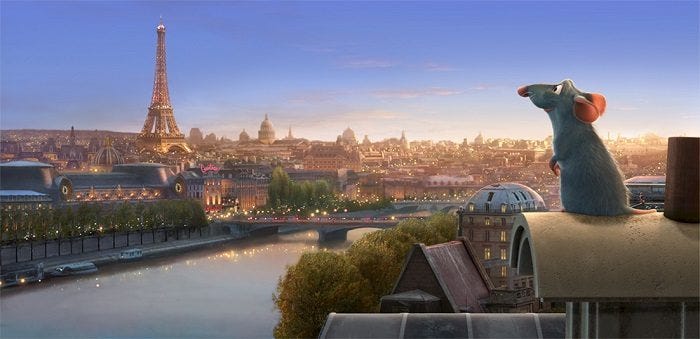

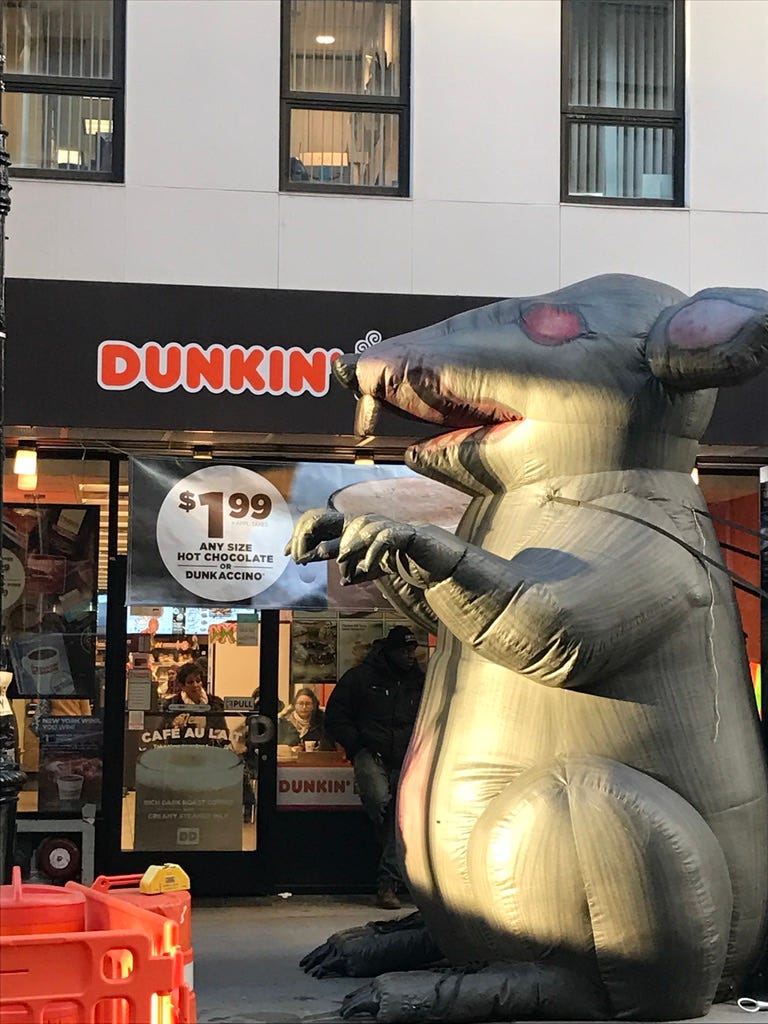







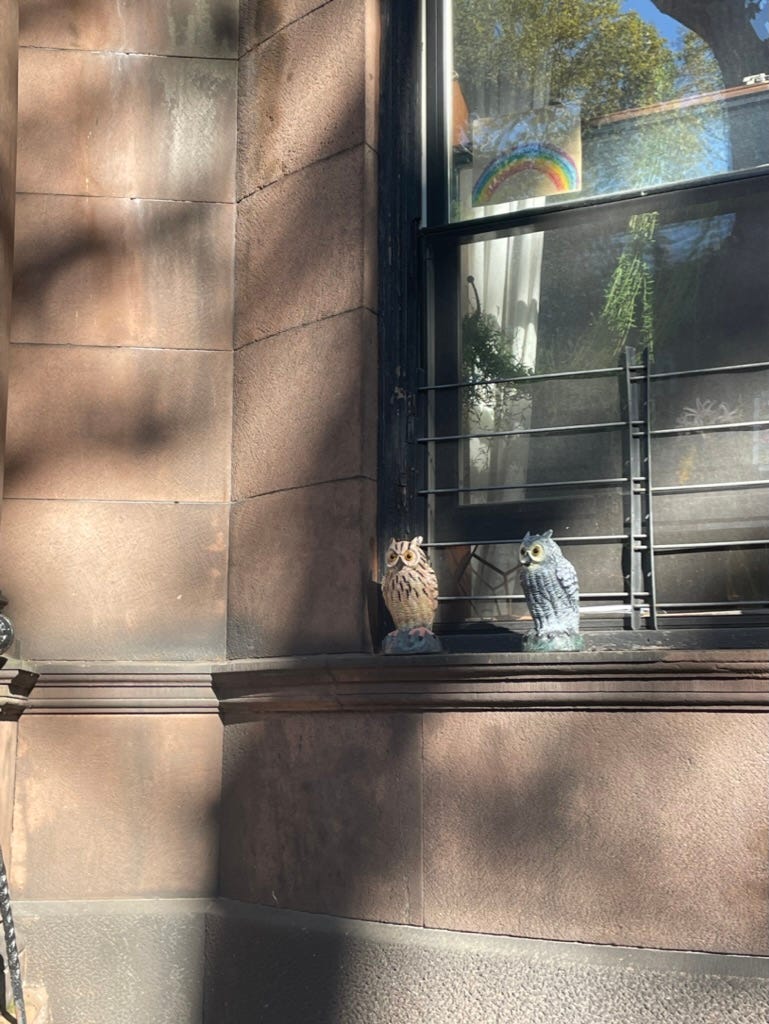
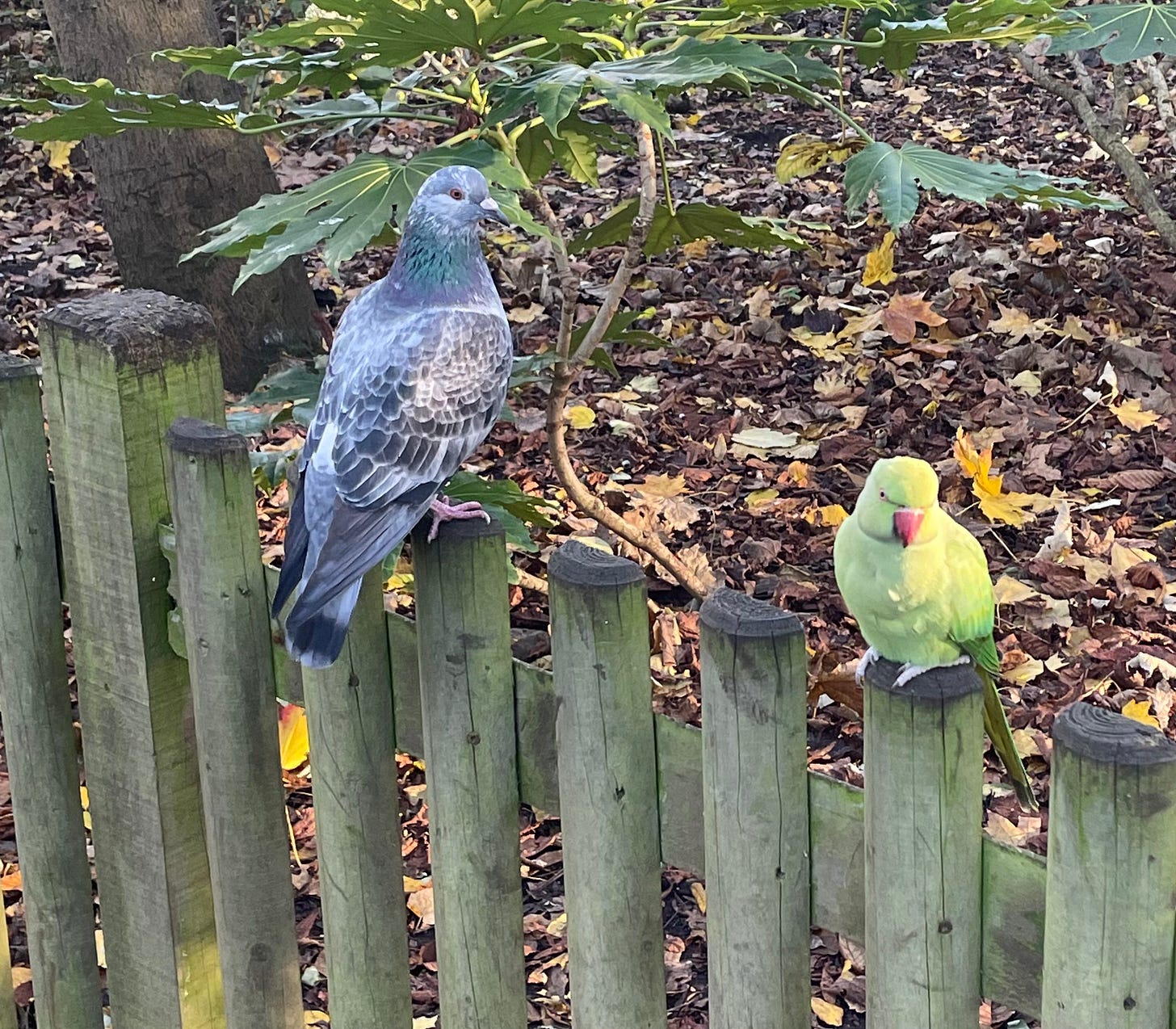
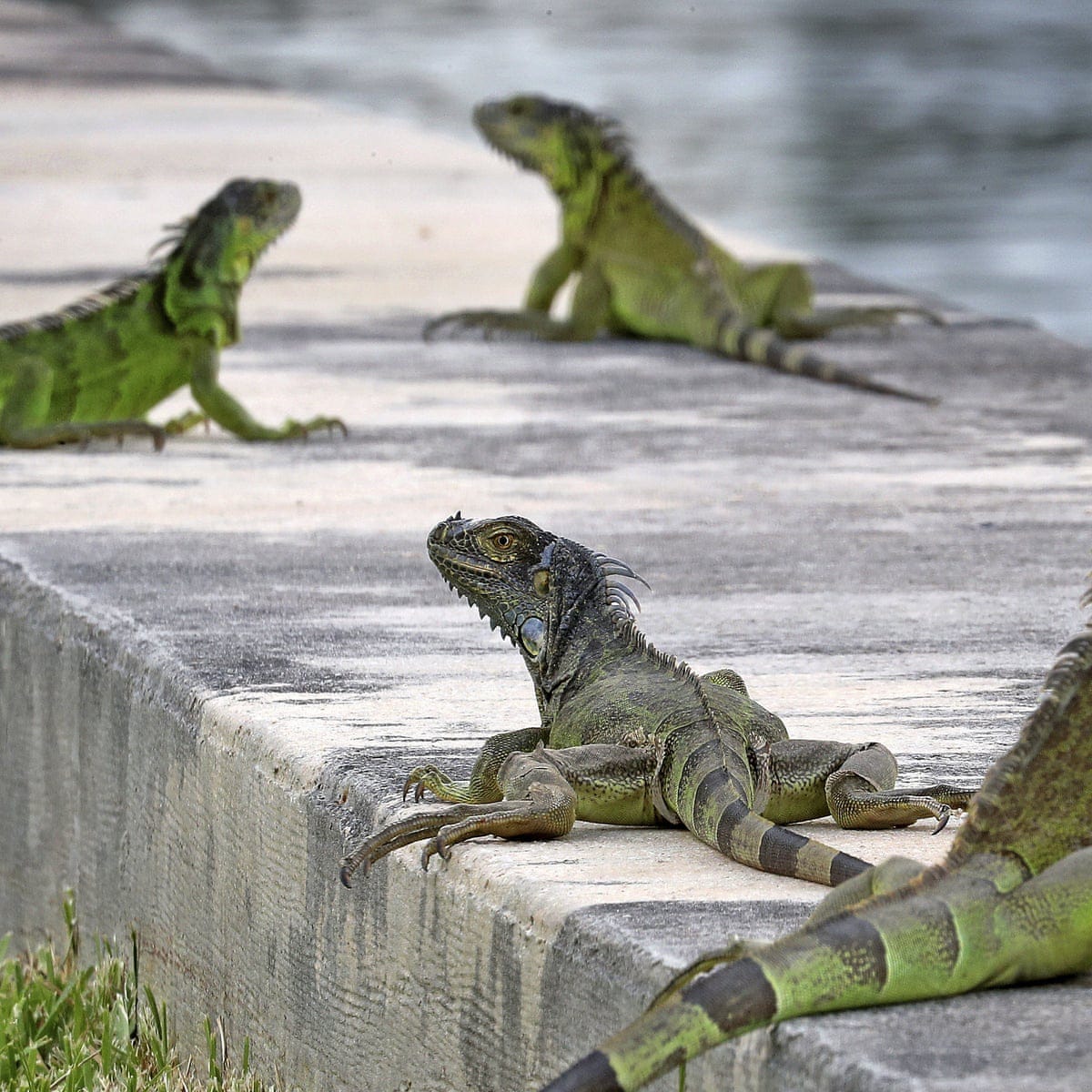
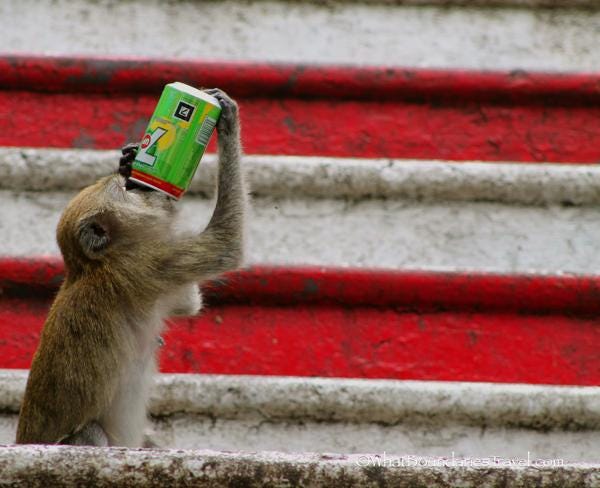
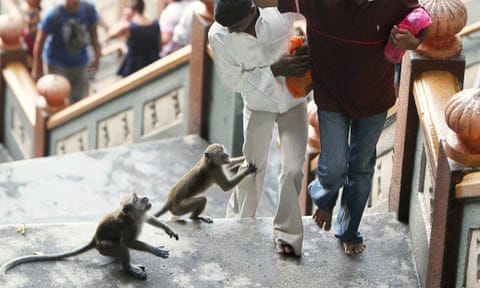
Rats carved onto the Greybar Building--who the hell knew?
"When I see two rats splitting a bagel in the subway tracks, no rent, no heating bills, no awareness of the existential threat of climate change or the intractability of the Israel-Palestine conflict, a little part of me says those bastards are really living." OMG, I love this so much.
Where are the falcons, hawks and other birds of pray? Pale Male & Lola polarized the NY elite and held onto their upper east side "coop" nest for 30 years. Respect.